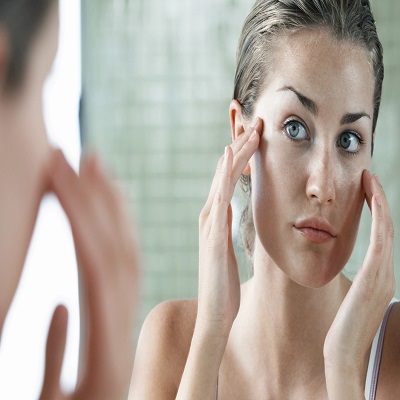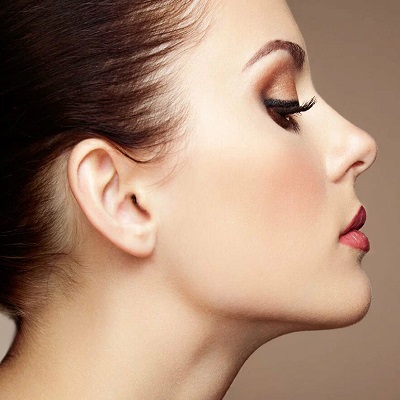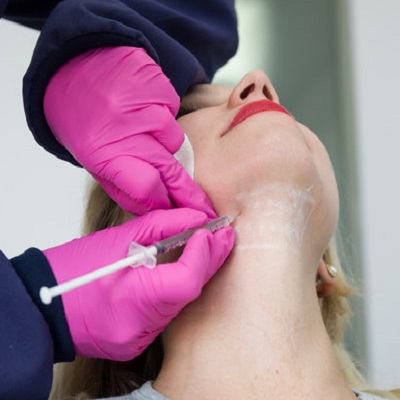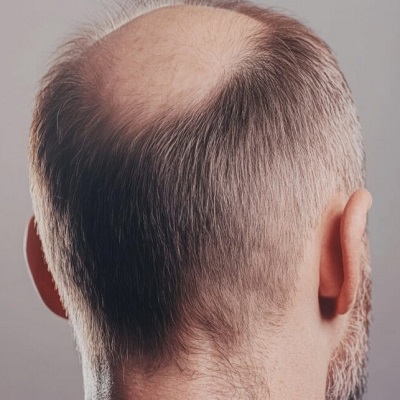Male vs. Female Rhinoplasty: Key Differences
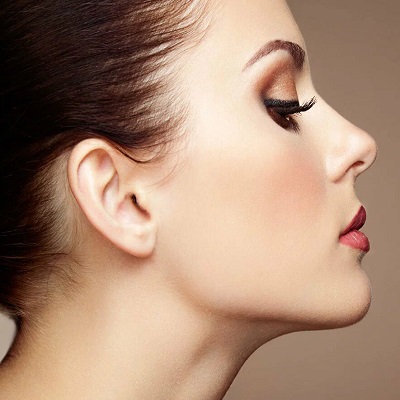
Strong 8k brings an ultra-HD IPTV experience to your living room and your pocket.
Rhinoplasty, commonly referred to as a nose job, is a popular cosmetic and functional surgery designed to reshape the nose for aesthetic enhancement or medical reasons. While the fundamental principles of rhinoplasty apply to all patients, the procedure differs significantly between men and women due to variations in anatomy, aesthetic goals, and surgical techniques. Understanding these key differences is crucial for achieving optimal results that align with each patient’s facial features and personal preferences.
1. Anatomical Differences Between Male and Female Noses
One of the primary distinctions in rhinoplasty for men and women lies in the anatomical structure of the nose.
a. Nasal Bridge
Men: Typically have a stronger, higher, and broader nasal bridge. Many men prefer to maintain a more defined, straight, or slightly convex bridge that preserves masculine features.
Women: Often have a narrower, more delicate bridge. A slight dorsal hump reduction and a gentle curve may be desired to achieve a softer, feminine look.
b. Nasal Tip
Men: The nasal tip is usually more prominent and less refined. Surgeons aim to maintain a natural, slightly wider, and less upturned tip to preserve a strong and masculine appearance.
Women: A refined and slightly upturned nasal tip is often preferred. A well-defined but delicate tip enhances femininity without appearing overly sculpted.
c. Nasal Angle
Men: The nasolabial angle (the angle between the nose and upper lip) is generally around 90-95 degrees, which maintains a straight, chiseled look.
Women: The nasolabial angle is slightly greater, typically around 100-110 degrees, creating a softer, more elegant profile.
d. Skin Thickness
Men: Generally have thicker nasal skin, which can make refined changes more challenging. Swelling also tends to last longer in male patients due to the density of skin tissue.
Women: Have thinner skin, which allows for more detailed refinements but may also show imperfections more prominently.
2. Aesthetic Goals: Masculine vs. Feminine Preferences
a. Male Rhinoplasty Goals
Men undergoing rhinoplasty often seek changes that maintain or enhance their masculine features. Common objectives include:
Strengthening or straightening the nasal bridge.
Reducing a dorsal hump without excessive narrowing.
Keeping a more prominent nasal tip rather than an overly refined or upturned tip.
Preserving facial harmony while avoiding an overly delicate or feminized appearance.
b. Female Rhinoplasty Goals
Women typically desire a nose that complements softer and more delicate facial features. Common objectives include:
Reducing the nasal bridge for a more refined profile.
Enhancing a slight upward rotation of the nasal tip.
Achieving a balanced look that aligns with feminine facial aesthetics.
Narrowing the nostrils for a more proportional shape.
3. Surgical Techniques Used in Male vs. Female Rhinoplasty
Because of the anatomical and aesthetic differences, surgeons tailor their approach based on gender-specific needs.
a. Open vs. Closed Rhinoplasty
Men: Due to thicker skin and the need for structural adjustments, open rhinoplasty is often preferred. This allows for more precise modifications.
Women: Closed rhinoplasty may be an option for subtle refinements, as the nasal structures are generally more delicate and require less extensive reshaping.
b. Structural Support
Men: Reinforcing nasal structures is crucial to maintaining a strong, masculine shape. Grafts and additional support may be required to avoid an overly reduced or feminized appearance.
Women: More focus is placed on refining and contouring the nose while maintaining structural integrity.
c. Hump Reduction & Bridge Refinement
Men: Reducing a dorsal hump must be done carefully to avoid over-reduction, which can result in a less masculine nose.
Women: More aggressive dorsal hump reductions can be performed for a more feminine look, as long as facial harmony is maintained.
4. Psychological and Social Considerations
The decision to undergo rhinoplasty is deeply personal and often influenced by societal standards of beauty and self-image.
Men: Generally, men seeking rhinoplasty prioritize subtle, natural changes that enhance their features without making them look overly altered. Many men are concerned about avoiding a “surgical” or “operated-on” look.
Women: Women are often more open to noticeable refinements and enhancements that create a delicate and elegant nasal profile.
5. Recovery Differences Between Men and Women
a. Healing Time
Men: Due to thicker skin and denser nasal structures, swelling and bruising tend to persist longer in male patients. Full results may take up to 12-18 months to become apparent.
Women: Swelling subsides relatively faster, with most noticeable improvements seen within 6-12 months.
b. Pain and Discomfort
Pain levels are generally similar for both genders, but men may experience slightly more discomfort due to the greater degree of structural modification required in some cases.
c. Activity Restrictions
Both men and women need to avoid strenuous activities, heavy lifting, and contact sports for at least 6 weeks to prevent complications and allow proper healing.
6. Choosing the Right Surgeon
Regardless of gender, choosing an experienced and board-certified surgeon is essential for achieving the best rhinoplasty results. Patients should:
Review before-and-after photos specific to their gender.
Have detailed discussions with the surgeon about their goals.
Ensure that the surgeon understands gender-specific aesthetic preferences.
Conclusion
While the fundamental techniques of rhinoplasty are similar for both men and women, key differences in anatomy, aesthetic goals, and surgical approaches must be considered to achieve the best results. Men typically seek a strong, defined, and masculine nose, while women prefer a refined, delicate, and feminine profile. Understanding these variations helps patients make informed decisions and work with their surgeon to achieve a nose that enhances their natural beauty while maintaining facial harmony.
If you’re considering rhinoplasty, consult with a skilled rhinoplasty specialist who understands the nuances of male and female nasal anatomy to ensure the best possible outcome.
Note: IndiBlogHub features both user-submitted and editorial content. We do not verify third-party contributions. Read our Disclaimer and Privacy Policyfor details.



